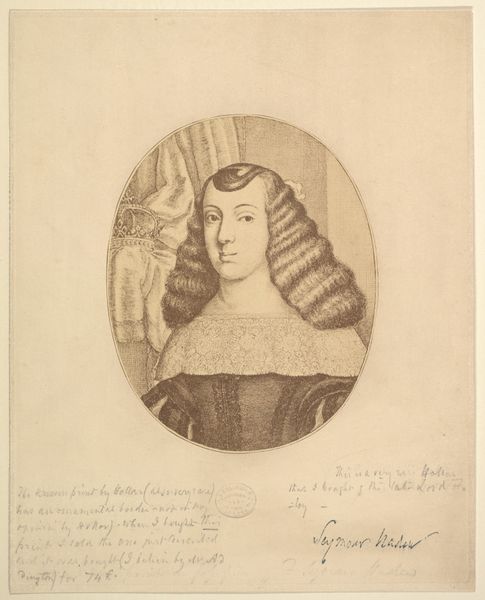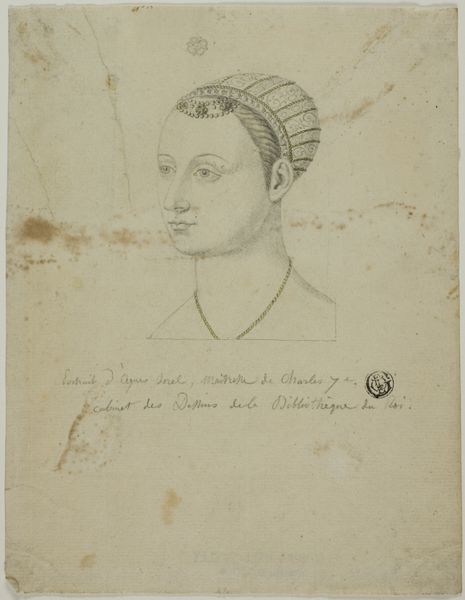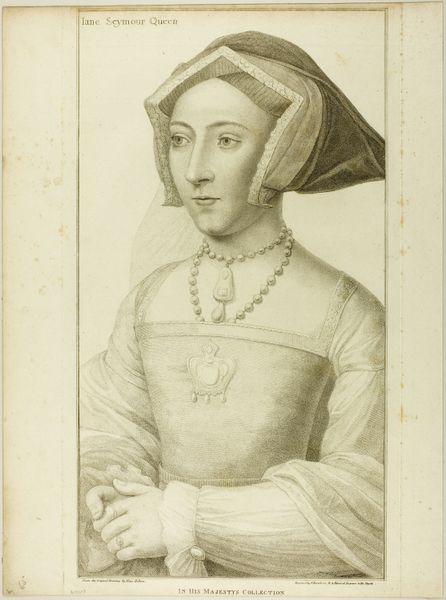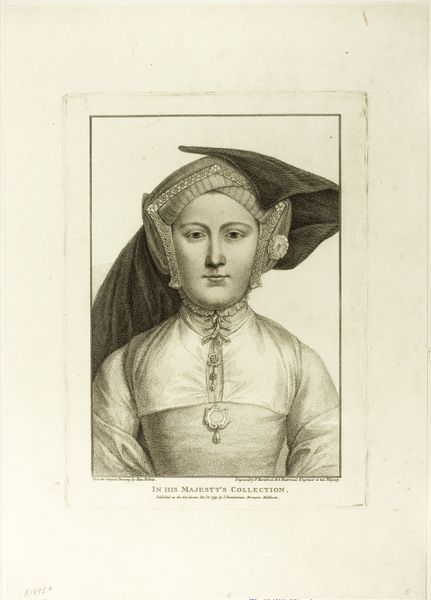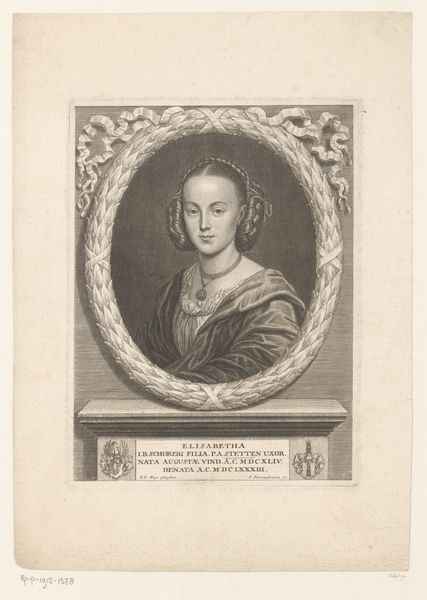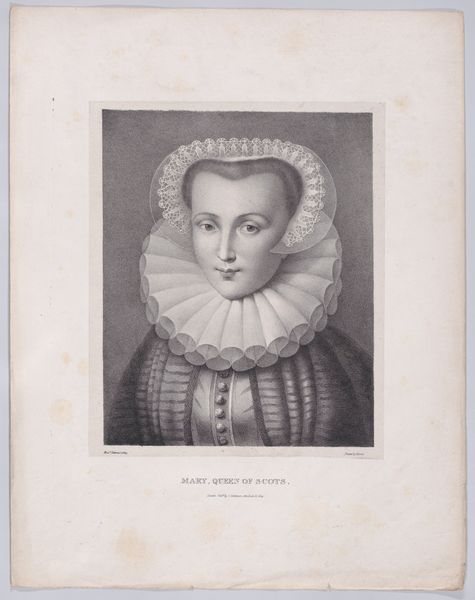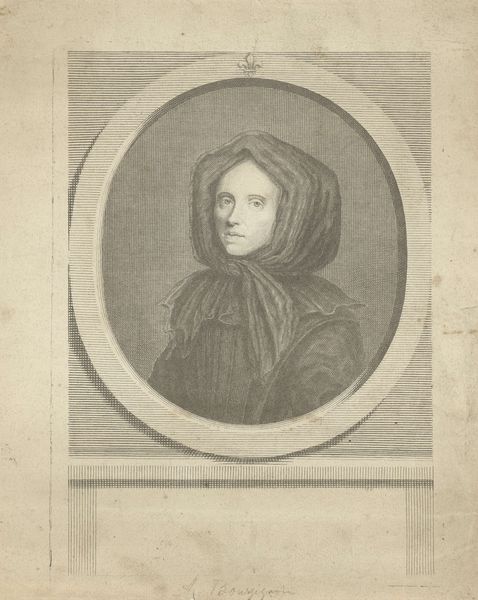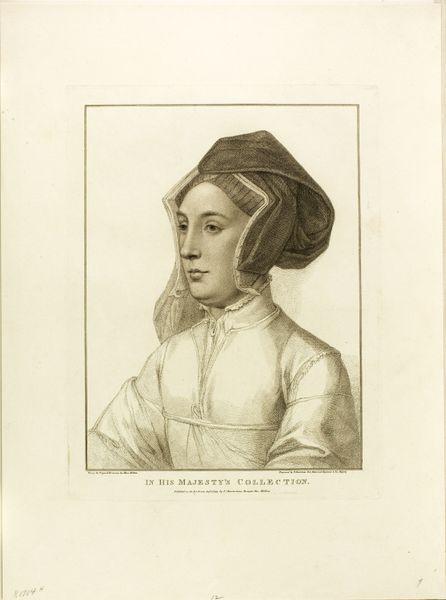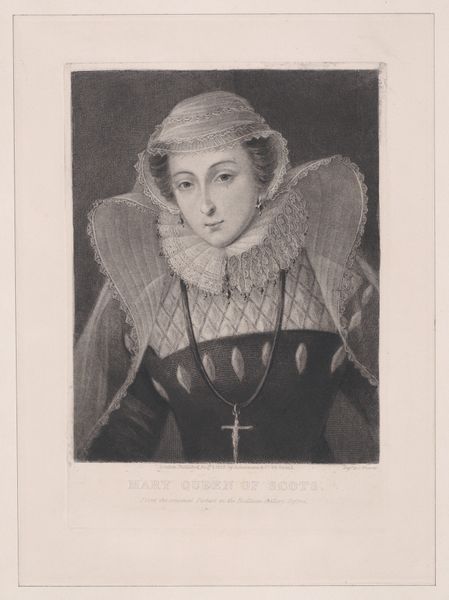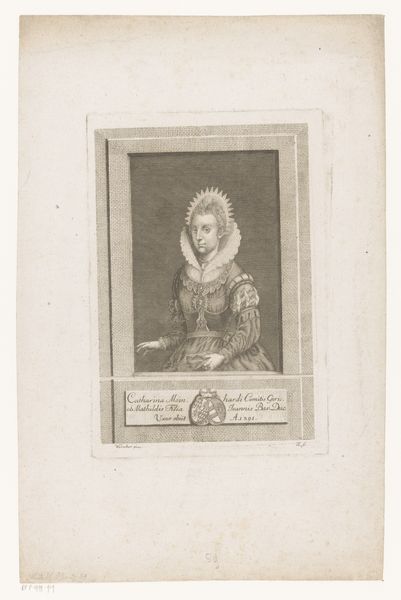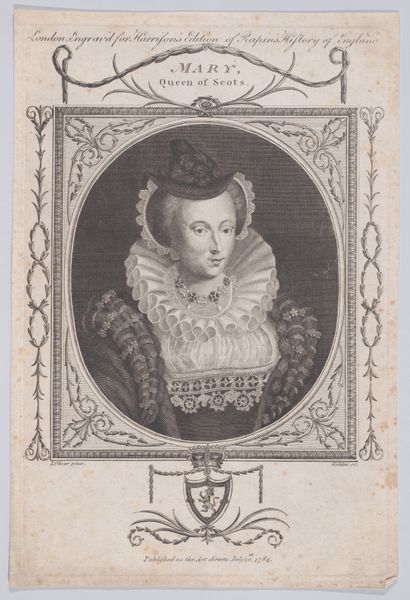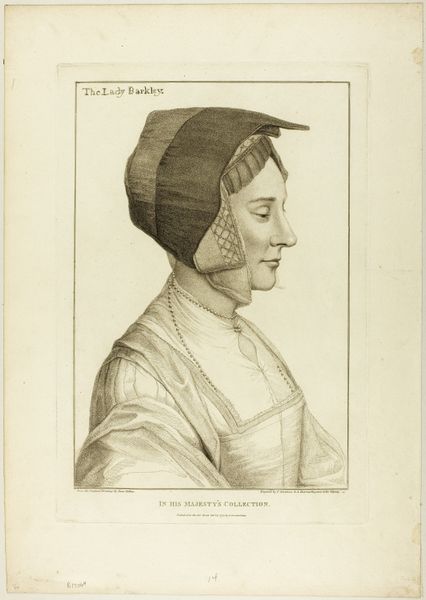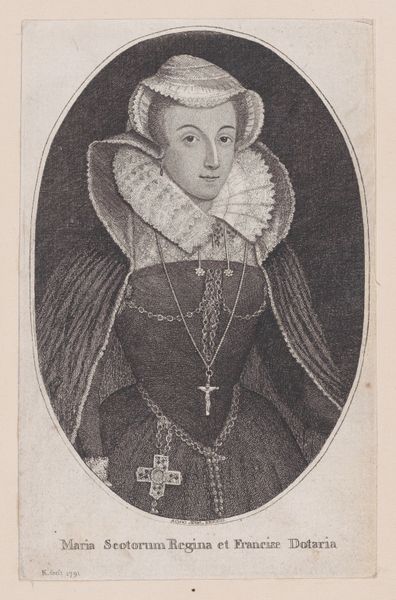
drawing, print, engraving
#
portrait
#
drawing
#
baroque
# print
#
engraving
Dimensions: Plate: 5 1/16 × 4 1/8 in. (12.8 × 10.5 cm) Sheet: 7 × 5 in. (17.8 × 12.7 cm)
Copyright: Public Domain
Editor: Here we have Wenceslaus Hollar's "Portrait of a Young Woman," an engraving from 1647. The level of detail achieved through printmaking is just astounding. What can you tell me about it? Curator: Considering Hollar's practice as a reproductive engraver, we must focus on the social context. He was essentially creating a commodity: images circulating within the art market of 17th-century Europe. He worked primarily as a copyist of other artists’ works for an art collecting clientele, the images spreading social norms, values, tastes... What materials do you think were used and who had access to those resources at that time? Editor: Well, obviously paper and ink, but the etching process… That must have required specialized tools and skills. Were these engravings affordable for a wider audience, or mostly just for the wealthy? Curator: Precisely! Think about the copper plate, the etching acids, the press, not to mention the expertise required. Hollar's engravings, while more accessible than an original painting, were still luxury goods reflecting and reinforcing class structures. Do you think the portrait's creation impacted or dictated the role of the sitter in any way? Editor: Hmmm, maybe it reinforced her social standing, portraying her as a model of ideal beauty and virtue to aspire to, considering the clothing she wears. It’s almost like a fashion plate, now that I think of it. Curator: Exactly! Her clothing, reproduced meticulously by Hollar's hand, broadcasts not just her beauty but also her family's wealth and status through their consumption of luxurious goods. So much meaning derived and disseminated through materiality! Editor: I never considered the material and economic implications of prints before! I've learned so much about the process involved in creating such artwork! Curator: Thinking about art through the lens of production and consumption can reveal hidden aspects and provide new perspectives to artwork from the past.
Comments
No comments
Be the first to comment and join the conversation on the ultimate creative platform.
